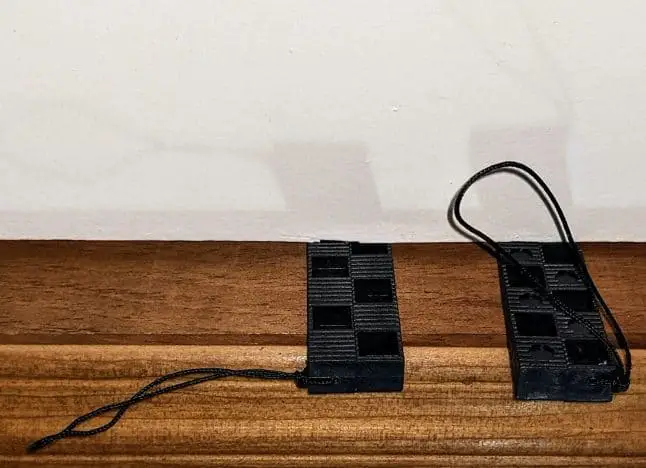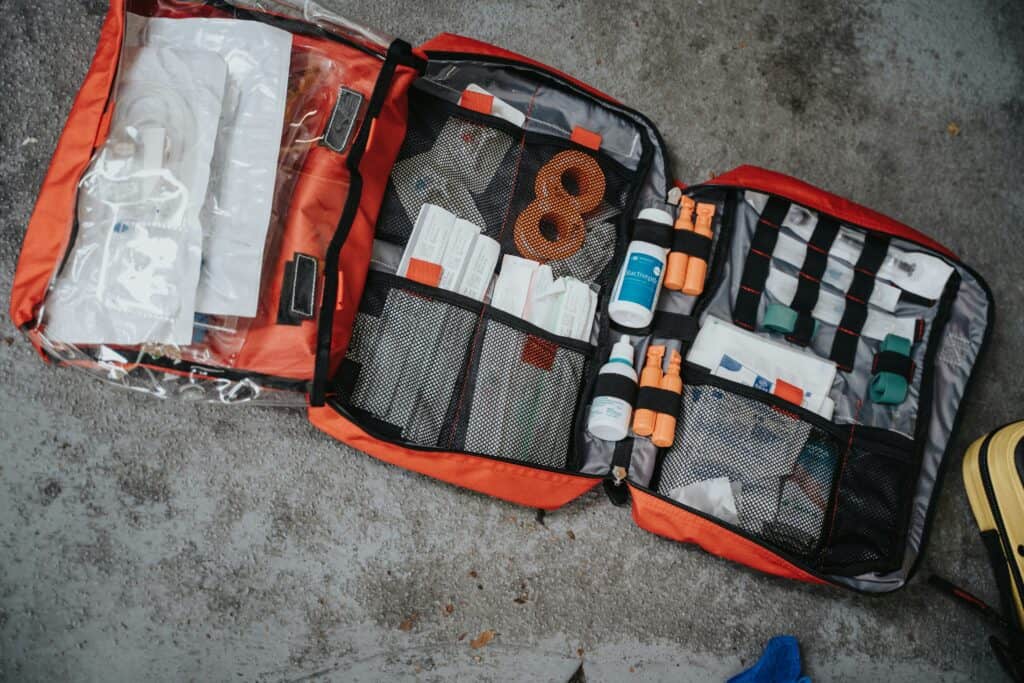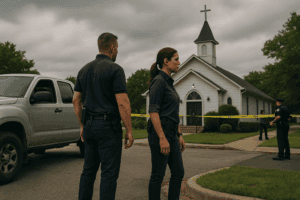When faced with an active threat, barricading can serve as a critical tactic to protect lives.
By creating physical barriers between an attacker and potential victims, individuals gain valuable time to hide, escape, or await law enforcement intervention.
Real-world incidents highlight the effectiveness of barricading and offer key lessons for schools, workplaces, and public spaces.
The Importance of Barricading
Barricading isn’t a standalone solution but a vital component of a broader safety strategy.
It works by delaying access, creating confusion for attackers, and providing occupants with the opportunity to take protective actions.
Quick thinking, combined with knowledge of available resources, can significantly reduce casualties during emergencies.
Examples of Barricading in Real-World Incidents
Virginia Tech Shooting (2007)
The tragedy at Virginia Tech is a case study in the life-saving potential of barricading:
- Room 204: Professor Liviu Librescu held the door shut while students escaped through windows. His bravery saved many lives.
- Room 205: Students barricaded the door with a large table. Although the shooter fired through the door, he could not gain access.
- Room 211: Instructor Jocelyne Couture-Nowak and student Henry Lee used desks to block the door, delaying the attacker and buying time for students to seek cover.
These actions illustrate how even makeshift barricades can create life-saving delays. (Virginia Tech Shooting)
Sandy Hook Elementary School Shooting (2012)
Staff at Sandy Hook employed creative barricading techniques:
- First-Grade Teacher Kaitlin Roig: She hid with her students in a bathroom and barricaded the door. The shooter could not gain entry.
- Library Staff: Yvonne Cech and Maryann Jacob moved children into a storage room and blocked the door with a filing cabinet, successfully preventing access.
These examples highlight the importance of quick decision-making and improvisation. (Sandy Hook Shooting)
Oxford High School Shooting (2021)
Swift barricading actions at Oxford High School demonstrated the value of preparedness:
- Teachers locked and barricaded classroom doors upon hearing alerts.
- Students took cover and followed pre-planned protocols, preventing the shooter from entering classrooms.
This incident underscores the importance of regular training and clear safety protocols. (Oxford High School Shooting)
Pulse Nightclub Shooting (2016)
During the Pulse nightclub shooting in Orlando, patrons used barricading as a survival strategy:
- Many hid in bathrooms and used whatever means were available to block doors, delaying the shooter and protecting themselves until law enforcement arrived.
While the situation was chaotic, these actions provided crucial concealment. (Lessons from Pulse Nightclub on CTC West Point)
Key Lessons on Effective Barricading
- Train for Improvisation
- Barricades can be built with everyday objects like desks, chairs, or filing cabinets.
- Train staff and students to recognize items that can quickly reinforce doors or block entry points.
- Understand Door Mechanisms
- Ensure staff know how to lock doors and identify which way they open. Outward-opening doors may require additional tools, such as straps or belts, to secure.
- Ensure staff know how to lock doors and identify which way they open. Outward-opening doors may require additional tools, such as straps or belts, to secure.
- Practice Under Stress
- Regular drills should include barricading scenarios. Simulating high-stress situations helps individuals react effectively during real emergencies.
- Regular drills should include barricading scenarios. Simulating high-stress situations helps individuals react effectively during real emergencies.
- Incorporate Barricading into Emergency Plans
- Emergency response plans should explicitly include barricading as a strategy during lockdowns.
- Ensure all staff are trained in how to implement this tactic quickly.
- Use Specialized Tools
- When needed, invest in commercial barricading devices designed for classrooms, such as door locks or wedges, to enhance security.
Balancing Safety and Accessibility
While barricading is essential during emergencies, schools and other institutions must balance safety with accessibility.
All devices and techniques should comply with fire codes and the Americans with Disabilities Act (ADA).
How Risk Strategy Group Can Help
At Risk Strategy Group, we provide training and consulting to help schools and organizations integrate barricading into their emergency response plans. Our services include:
- Customized Training Programs: Practical sessions to teach staff and students how to barricade effectively.
- Risk Assessments: Identifying vulnerabilities in physical layouts and developing tailored solutions.
- Equipment Recommendations: Guidance on selecting and implementing barricading tools that meet safety standards.
Contact us today at Risk Strategy Group to learn more about how we can help you prepare for emergencies.
Conclusion
Barricading has proven to be a life-saving strategy during active shooter incidents.
By understanding past examples, training for improvisation, and integrating barricading into safety protocols, schools, and other organizations can enhance their ability to protect lives during critical incidents.
Preparedness is key, and effective barricading measures can make all the difference.








